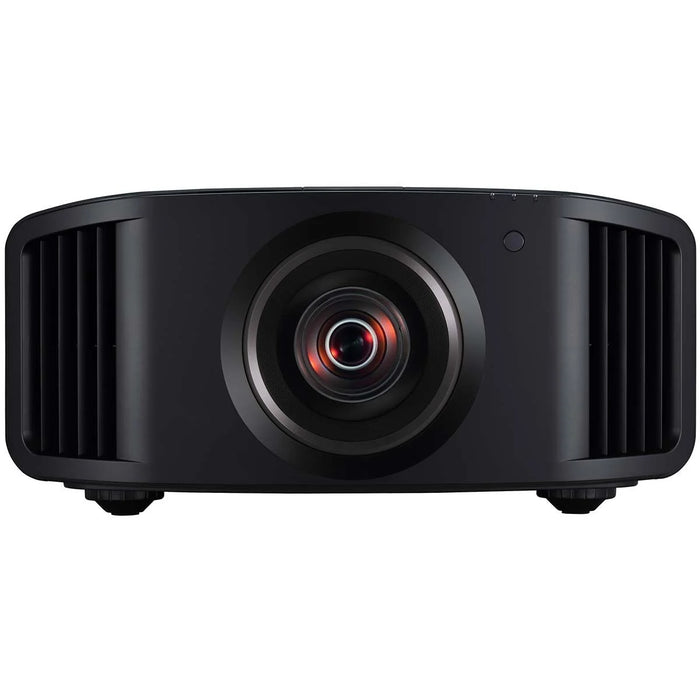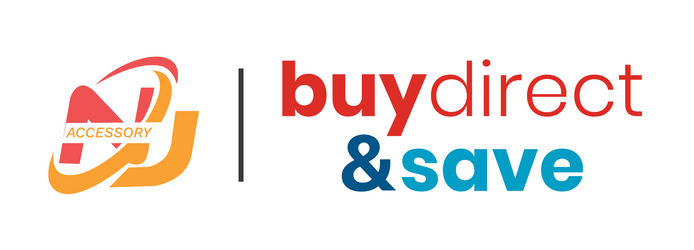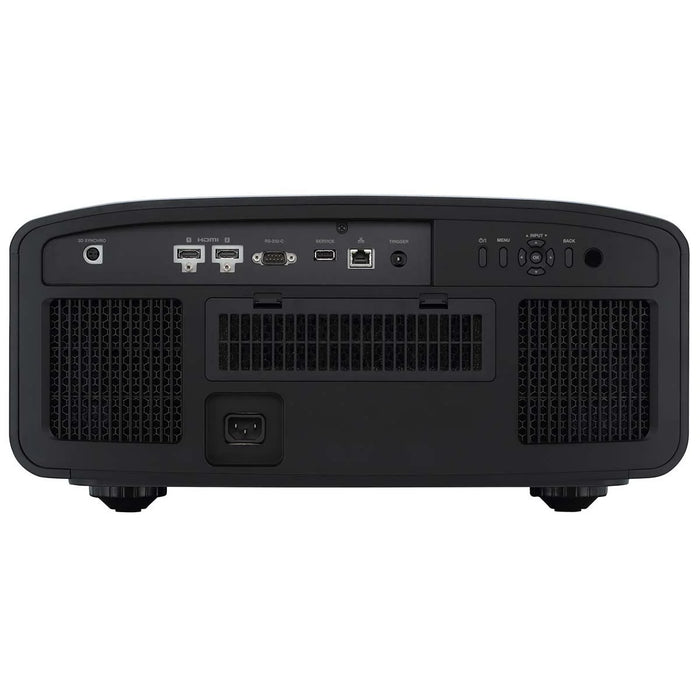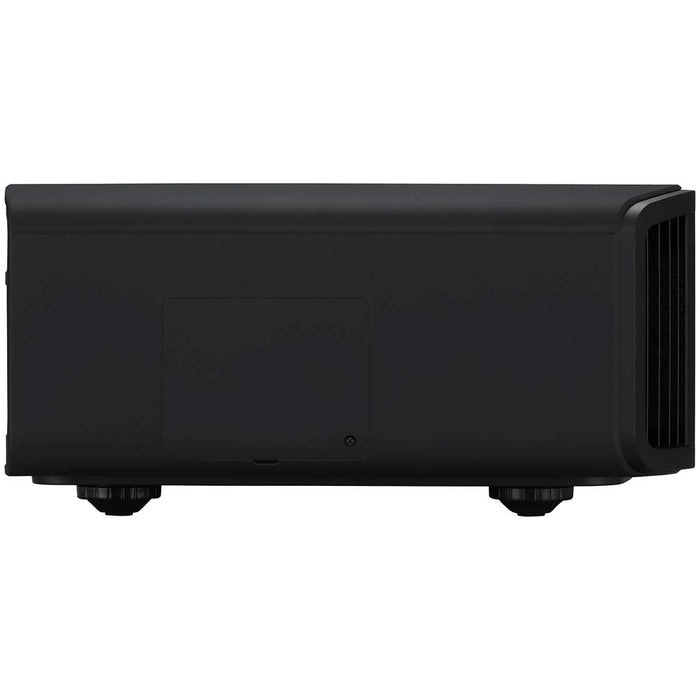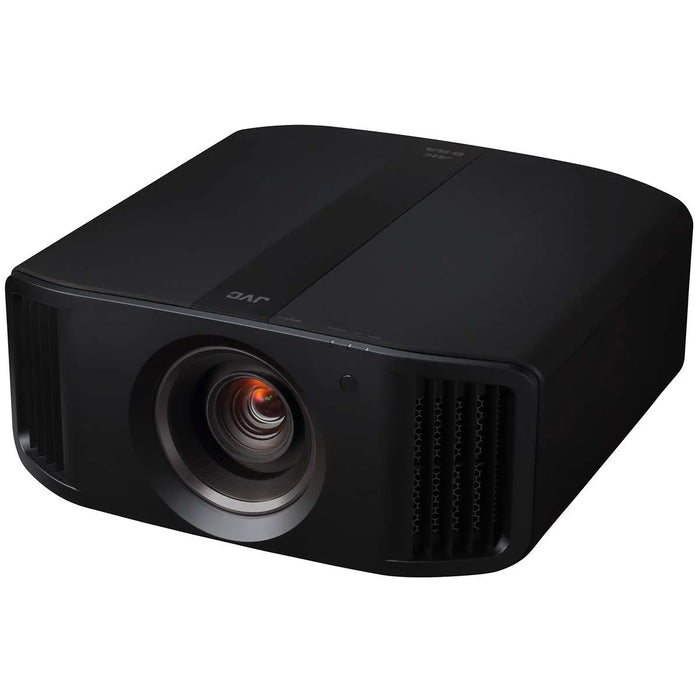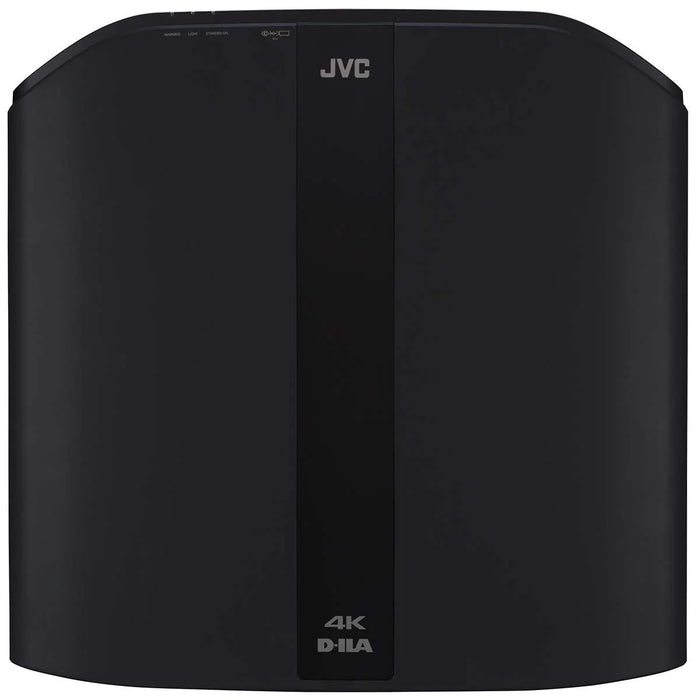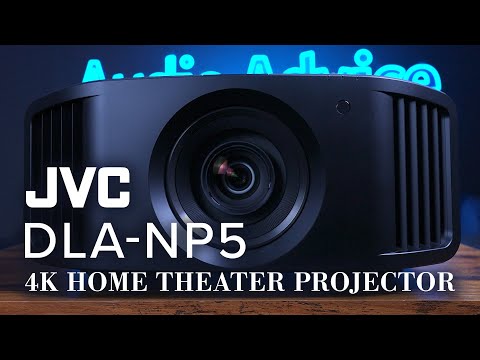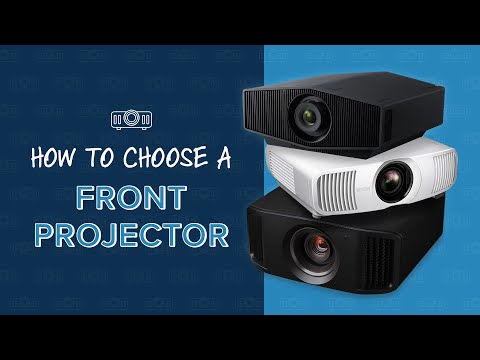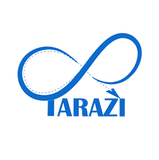For dynamic tone mapping it's a bit more of a discussion. To begin, both projectors do offer HDR10+ compatibility for dynamic tone mapping with compatible content. Dialing in the regular HDR10 performance on the Epson LS12000 can take some experimentation to get the absolute best picture with each disc, but this is not nearly as involved a process as some have made it out to be. It's possible to just keep the HDR Dynamic Range slider somewhere in the middle and get great performance without fiddling; if you do need it, the control is directly accessible via a button on the remote. But the dynamic tone mapping of Frame Adapt HDR does take any worry out of the process (there is still the option to fiddle with the JVC menu settings, but it isn't necessary). Advantage: JVC—although I'd say not as definitively as with the 3D support.
Related to the dynamic tone mapping and HDR support is the overall light output of each projector. Comparing the most color accurate picture mode for each projector—which happens to be Natural for both—the Epson has the edge with almost 400 extra lumens in their default modes. Switching the JVC from Low Lamp Power to High Lamp Power closes that gap, but the Epson is still only at 75% brightness so it can again pull ahead by bumping that up to 100% (or any 5% increment in between). And High Lamp Power on the JVC will burn through the lamp faster, so there's an added cost to the higher light output. You can occasionally see both the Dynamic Contrast feature of the Epson and the mechanical iris of the JVC working, but it's subtle when it happens.
There's been quite a bit made of the difference between native 4K (as we have with the JVC) and 4K with pixel-shifting technology (used by the Epson as well as single-chip 4K DLP projectors). On a technical level are they different? Sure. And if I had the ability to put the two projectors side-by-side for a direct A/B visual test, it wouldn't surprise me if the Epson looked ever so slightly softer if I was standing right up at my screen. At a normal viewing distance from the screen, though, I don't believe one would look softer than the other. I never wanted for more detail from either projector while watching 4K material.
Both projectors are fantastic and I'd be happy with either in my theater, as I'm sure most of ProjectorCentral's readers would. But since 3D capability isn't a major concern for me and I don't mind using the HDR slider when necessary, the value of the Epson (particularly the fact that replacement lamps are unnecessary) makes it the one I would purchase.
In a home theater world that's beginning to be dominated by solid state projectors, the JVC DLA-NP5 is an excellent example of how good a lamp-based projector can be. Both SDR and HDR performance are superb, especially when using Frame Adapt HDR or the new HDR10+ support JVC offers. And keeping their 3D support is sure to please a number of potential buyers. The drawbacks are few and minor (the remote can be a bit annoying during calibration and the auto iris can exhibit some pumping), though they include the expected extra cost from a light source that runs on lamps—$600 every couple years for a new lamp, depending on your viewing hours. That said, JVC has made yet another world-class projector that has a sharp 4K picture, deep blacks, and excellent HDR performance with JVC's Frame Adapt HDR.
Measurements
Brightness. The brightest picture mode on the JVC DLA-NP5 is any of the three SDR User modes (labeled 1-3), with the Color Temp. set to High Bright, Aperture at 0 (in the Manual setting), and Lamp Power at High (its default setting). With those settings, the JVC measured 1,905 ANSI lumens, just over its 1,900 ANSI lumens spec, though the image exhibited a green bias that made it undesirable. Natural Picture Mode, the most color accurate in SDR, measured 1,062 ANSI lumens both before calibration and after. HDR picture modes all measured 1,462 ANSI lumens, apart from HDR10 which was only two lumens off that number. The default Lamp Power setting for Natural and Cinema is Low, and for all other modes the default is High. Color brightness measured 102.7% of white brightness, which is expected for a three-chip projector.
JVC DLA-NP5 ANSI Lumens
| PICTURE MODE |
HIGH LAMP POWER |
LOW LAMP POWER |
| Natural |
1,465 |
1,062 |
| Cinema |
1,468 |
1,064 |
| User (SDR) |
1,905 |
1,381 |
| Frame Adapt HDR |
1,462 |
1,060 |
| HDR10 |
1,460 |
1,059 |
| Pana-PQ |
1,462 |
1,060 |
| User (HDR) |
1,462 |
1,060 |
Zoom Lens Light Loss. Changing the zoom from the widest setting to full telephoto resulted in a 32.7% loss of brightness. With a long 2x zoom a bit of light loss is inevitable, but this is a little beyond what's expected. Plan your projector placement accordingly if you need to retain brightness.
Brightness Uniformity. Brightness uniformity on the DLA-NP5 in its widest lens setting measured 85%. This dropped to 71% in its max telephoto position.
Input Lag. With a 4K Leo Bodnar lag tester and the Low Latency selector in the off position, I measured input lag at 163.1 ms in both 1080p/60Hz and 4K/60Hz. With a 1080p/120Hz signal, it measured 71.8 ms. With the Low Latency set to On, the DLA-NP5 measure 36.5 ms in 1080p/60, 35.8 ms in 1080p/120, and 44.8 ms in 4K/60. All measurements were taken in Natural (SDR) picture mode. The 4K Leo Bodnar lag tester does not have the capability to test 4K/120Hz or in HDR.
Fan Noise. JVC lists the noise level of the DLA-NP5 as 24 dB in Low Lamp Power mode using the standard multi-point measurement system in a soundproof room. In my living room that has a noise floor of 32 dBA, I measured the NP5's noise level at 33.9 dBA in Low mode—barely perceptible with my head three feet below the ceiling-mounted projector. With the Lamp Power set to High, as it is in all the HDR picture modes, the noise was only 36.6 dBA. Not nearly enough to be distracting, especially when a movie is playing. In High Altitude mode the noise measured 36 dBA and 41.1 dBA in Low and High Lamp Power settings, respectively.
Connections

- HDMI 2.1 (with HDCP 2.3, no CEC support)
- 3D sync output
- 12v trigger
- RS-232C
- USB (for service and firmware only)
- RJ-45 (LAN control)
Calibrated Settings
Calibrated image settings from any third-party do not account for the significant potential for sample-to-sample variation, nor the different screen sizes and materials, lamp usage, or other environmental factors that can affect image quality. Projectors should always be calibrated in the user's own space and tuned for the expected viewing conditions. However, the settings provided here may be a helpful starting point for some. Always record your current settings before making adjustments so you can return to them as desired. Refer to the Performance section for some context for each calibration.
SDR
Content Type: Auto (SDR)
Picture Mode: Natural
More Settings
Lamp Power: Low
Aperture: Manual (0)
Contrast: 0
Brightness: -1
Color: 0
Tint: 0
Color Profile: Auto
Color Management: On
| |
RED |
GREEN |
BLUE |
CYAN |
MAGENTA |
YELLOW |
| Hue |
-5 |
0 |
0 |
-1 |
0 |
1 |
| Saturation |
0 |
-2 |
-1 |
0 |
0 |
0 |
| Brightness |
0 |
1 |
0 |
0 |
0 |
0 |
Color Temp: 6500K
| |
RED |
GREEN |
BLUE |
| Gain |
0 |
-4 |
0 |
| Offset |
-1 |
-0 |
-1 |
Gamma: 2.4
MPC Level
Graphic Mode: High-res 1
Enhance: 1
NR: 0
BNR: 0
MNR: 0
Motion Control
Low Latency: Off (except when gaming)
Clear Motion Drive: Off
Motion Enhance: Off
HDR
Content Type: Auto (HDR)
Picture Mode: Frame Adapt HDR
More Settings
Lamp Power: High
Aperture: Manual (0)
Contrast: -2
Brightness: 0
Color: 0
Tint: 0
Color Profile: BT.2020
Color Management: On
| |
RED |
GREEN |
BLUE |
CYAN |
MAGENTA |
YELLOW |
| Hue |
-3 |
12 |
3 |
3 |
-4 |
-1 |
| Saturation |
6 |
5 |
9 |
0 |
15 |
5 |
| Brightness |
0 |
0 |
0 |
0 |
0 |
0 |
Color Temp: HDR10
| |
RED |
GREEN |
BLUE |
| Gain |
-56 |
-54 |
-59 |
| Offset |
0 |
0 |
0 |
HDR Processing: Frame by Frame
Theater Optimizer: On (settings dependent on screen)
HDR Level: Auto
MPC Level
Graphic Mode: High-res 1
Enhance: 2
NR: 0
BNR: 0
MNR: 0
Motion Control
Low Latency: Off (except when gaming and Picture Mode set to HDR10)
Clear Motion Drive: Off
Motion Enhance: Off
